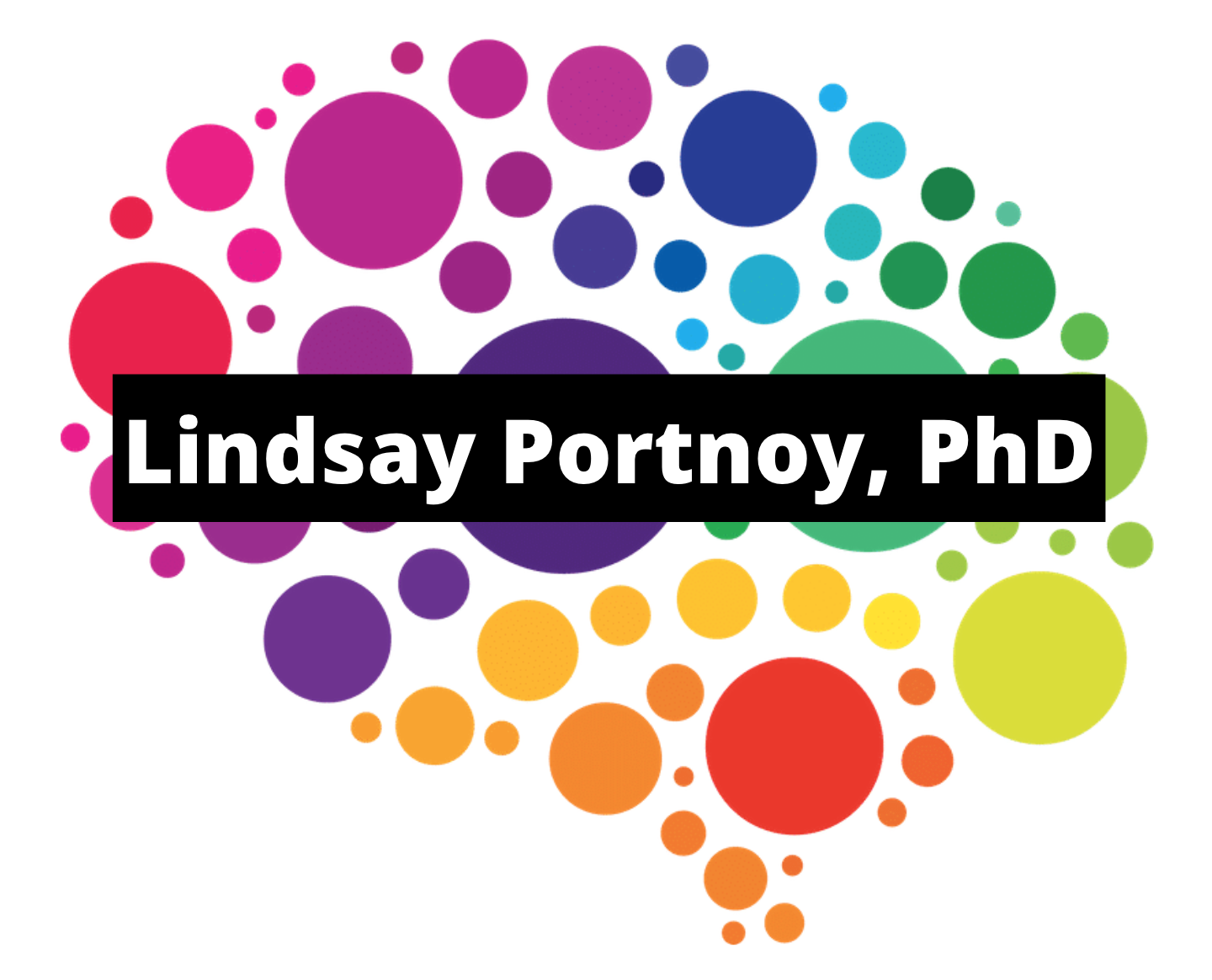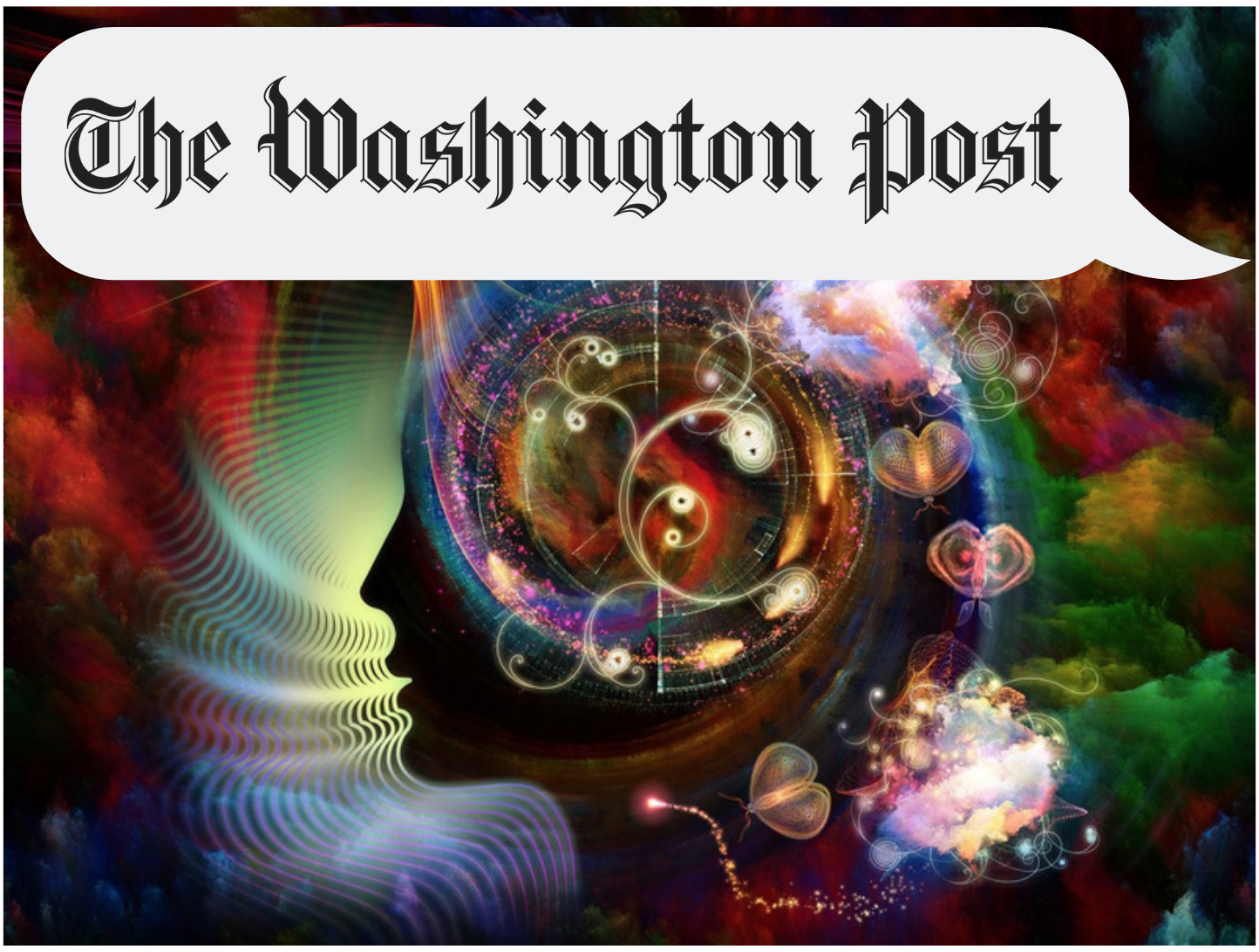In chapter 3 we tackle a persistent question and justified concern of many folks: how do we change how we ‘do’ education without recreating the wheel?
Hopefully the beginning of the answer was found in chapter 2 where we discussed the roles of students and teachers in design thinking classrooms. The image below speaks to this shift in more detail. Want a copy thats perfect for printing? CLICK HERE to download.
The longer answer to the age old question of how not to recreate the wheel requires a reframing of the way we ‘do’ school from consumption to creation. Instead of giving rote worksheets ad nauseum (I know you don’t do this!) culminating in an exciting pop quiz (not), there’s a slight and purposeful pivot.
By distilling down the objectives for learning into smaller and more purposeful and powerful components, you will see how that scope and sequence document is filled with redundancies and missed opportunities to enhance and extend learning.
Chapter 2 includes a step by step process for translating existing content into co-created design thinking experiences. I’ll ask you to dig deeper and consider how your students become stewards of their own learning. And yes, this requires a shift in your role as well.
You will also be primed to create more autonomous, engaged, and empowered learners. Step by step scaffolds from where to start to how to check in are in abundance in this chapter. Once you are no longer a deliverer of facts and figures you are free to masterfully curate resources for deeper engagement.
For those of you along for the ride during our #DesignedToLearn twitter chat, educators across the globe shared their responses to the following questions:
Q1: Where is a unit/lesson/area of learning where your students are curious, confused, or connected that would be an ideal space to start design thinking?
Q2: How will you support students in discovering a problem that is important to them that their knowledge can help them begin solving today?
Q3: How could you use more multimodal formative assessments in this type of learning to emphasize growth and show students that learning is never finished?
Q4: What resources from within and outside the school community could you bring into the classroom to support your students? and when could you bring your students to the resources to experience them firsthand?









